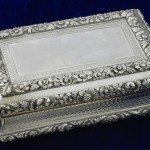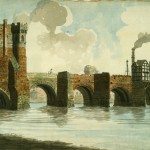Browse Times
1765-1775
1765
William Small moved to Birmingham from Virginia. James Watt invented a separate condenser which improved the efficiency of Newcomen’s engine by providing a separate chamber for condensing steam. John Taylor, button maker and Sampson Lloyd II, ironmaster set up Birmingham’s first bank.
1766
Erasmus Darwin met Richard Lovell Edgeworth and Jean-Jacques Rousseau. Three canals were started in the West Midlands: The Birmingham to Wednesbury Canal, the Trent and Mersey Canal and the Staffordshire to Worcestershire Canal. Thomas and George Cranage at Coalbrookdale took out a patent for converting pig iron into wrought iron.
1767
James Watt visited Erasmus Darwin. James Keir settled in West Bromwich. Publication of Joseph Priestley’s History of Electricity. Publication of Burdett’s Map of Derbyshire, the first properly surveyed English county map.
1768
The import of foreign silk was prohibited. This encouraged the development of the silk industry in Derby, Leek and Macclesfield and ribbon weaving in Coventry, Bedworth and Nuneaton. Richard Arkwright developed the water frame to spin cotton.
1769
James Watt patented the single-action steam engine in Scotland.
1770
Thomas Day settled in Lichfield and Richard Lovell Edgeworth visited him there.
1771
Richard Lovell Edgeworth and Thomas Day visited Jean-Jacques Rousseau in France. Jesson and Wright in Wednesbury took out a patent for “potting and stamping iron” which was adopted by other Black Country firms. Richard Arkwright’s water frame was first used in Nottingham. A water-powered version was also created at Cromford in Derbyshire. Josiah Wedgwood created a new factory at Etruria to manufacture his pottery.
1772
The Staffordshire and Worcestershire Canal and the Birmingham to Wednesbury Canal were opened to traffic.
Supported by Lord Shelburne until 1781, Joseph Priestley had the leisure to develop his scientific experiments.
1773
James Keir established a chemical works at Tipton</a, supplying alkali, potash, soda soap and red lead to the glass industry.
Thomas Day's poem The Dying Negro published. Establishment of the Birmingham Assay Office.
1774
John Wilkinson developed a method of boring cylinders with mechanical precision.
Encouraged by Matthew Boulton, James Watt came to Birmingham from Scotland. John Wilkinson’s invention enabled him to produce the high quality cylinders he needed for his steam engines.
1775
The name Lunar Society was first used. Deaths of William Small, John Taylor, button maker and John Baskerville, printer. William Withering moved to Birmingham taking over William Small’s practice and his place in the Lunar Society. Start of Matthew Boulton and James Watt partnership. Baddeley introduced transfer printing into the pottery industry. The earliest recorded building society was Ketley’s in Birmingham in 1775. It was followed by the establishment of others in the West Midlands. Start of the American War of Independence
Articles in this time period
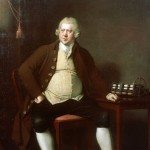
Sir Richard Arkwright: Industrialist
Image: Portrait of Sir Richard Arkwright (1789-1790). Joseph Wright of Derby, Oil on Canvas. Text: Olga Baird… read more »
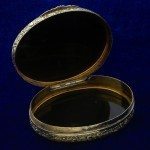
Snuff Box
Inside view of Tortoiseshell snuff box, which is particularly suitable for piqué work (inlaid gold) with its… read more »
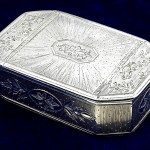
Snuff Box
This silver box is engraved with a bright-cut decoration, similar in design to several Samuel Pemberton toothpick… read more »
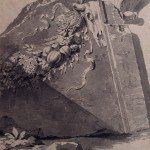
Study of Fragment of a Classical Frieze, Rome (1774)
Image: Joseph Wright of Derby (1734-1797), Pencil, pen and grey ink and grey wash. Image from: Derby Museum &… read more »
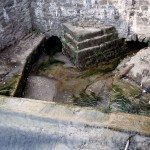
The “Bear Pit”, Cromford, Derbyshire
Known to locals as the “Bear Pit”, this example of hydraulic engineering was constructed in 1785 by… read more »
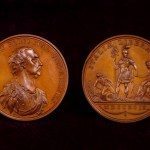
The A.V. Suvorov Medal
Image: Count Alexander Suvarow, Liberator of Italy. 1799. Designed by Conrad Heinrich Kuchler. Image from: Birmingham Assay Office (25)… read more »
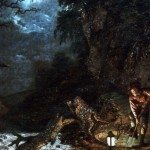
The Earthstopper on the Banks of the Derwent
Joseph Wright of Derby (1734-1797), Oil on Canvas Image from: Derby Museum & Art Gallery
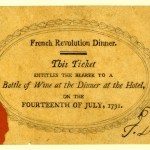
The French Revolution Dinner 14 July 1791
Image: French Revolution Dinner. This Ticket entitles the bearer to a Bottle of Wine at the Dinner at… read more »
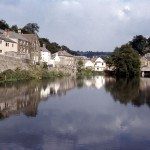
The Greyhound Pond, Cromford, Derbyshire
The pond was a man-made dam created in about 1785 to provide the main source of water… read more »
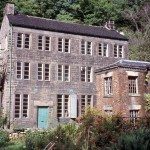
The Loom Shop, Cromford, Derbyshire
This three-storey building was probably Sir Richard Arkwright’s loom shop and was built between 1776 and 1786.… read more »
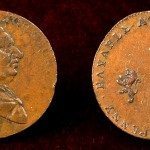
The occurrences of common life: Samuel Johnson, Practical Science and Industry in the Midlands
Image: 18th Century Birmingham trade token (n.d.). H Biggs halfpenny with a bust of Dr Samuel Johnson and… read more »
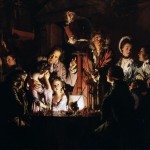
The other side of the Coin: Women and the Lunar Men
Image: Joseph Wright of Derby (1734-1797), An Experiment on a Bird in an Air Pump(Exhibited 1768). Oil on Canvas.… read more »
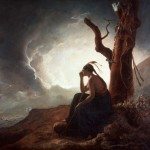
The Philosophical Context: From Optimism to Realism
The Widow of an Indian Chief watching the Weapons of her deceased Husband (1785). Joseph Wright of Derby 1734-1797),… read more »
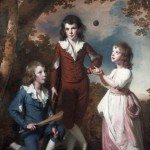
The Wood Children
Joseph Wright of Derby (1734-1797), Oil on Canvas Image from: Derby Museum & Art Gallery
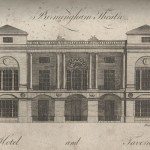
The Wyatts, Architects of the Age of Enlightenment
Image: An engraving of Samuel Wyatt’s classical façade for the Theatre Royal, New Street, Birmingham, from William Hutton’s History… read more »
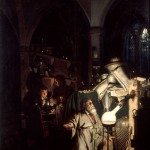
Thomas Wedgwood: the Godfather of Photography
Image: The Alchymist in Search of the Philosopher’s Stone, (Exhibited 1771), Joseph Wright of Derby (1734-1797). Oil on… read more »
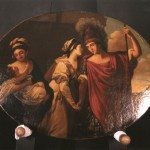
Three Ladies Adorning the Term of Hymen (The Montgomery Sisters)
Thomas Watson (1743 – 1781) after Sir Joshua Reynolds
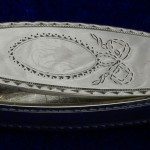
Toothpick box
The hidden hinge and decorative features are typical of neo-classical designs.

Upper Mill, Cromford, Derbyshire
The photograph shows four buildings. The Upper Mill in the centre was constructed in 1771 as a… read more »
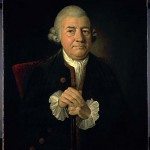
Vassilii Pushkin: a Collector of Books
Image: Portrait of John Baskerville (1706-1775), Type Founder and Printer, painted by James Millar in 1774. Oil on… read more »
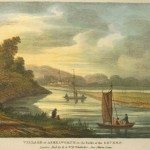
Village of Ashelworth, Gloucestershire on the banks of the Severn
From Picturesque Views of the Severn, 1824 by Thomas Harral
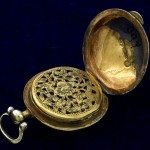
Vinaigrette
This image shows the intricate inside of a vinaigrette based on the design of a watch case.
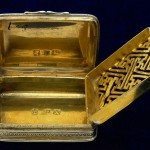
Vinaigrette
This image shows the inside of the vinaigrette. The outside shows an image of a hare hiding… read more »
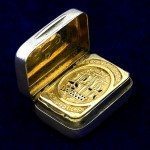
Vinaigrette
Vinaigrette, Nathaniel Mills, 1837, inside view, with a view of Kenilworth Castle on lid.
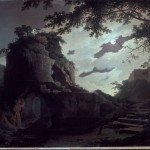
Virgil’s Tomb (1782)
Image: Joseph Wright of Derby (1734-1797). Oil on canvas. Image from: Derby Museum & Art Gallery Virgil was a… read more »
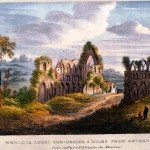
Wenlock Abbey, Shropshire, three miles from the Severn
From Picturesque Views of the Severn, 1824 by Thomas Harral



